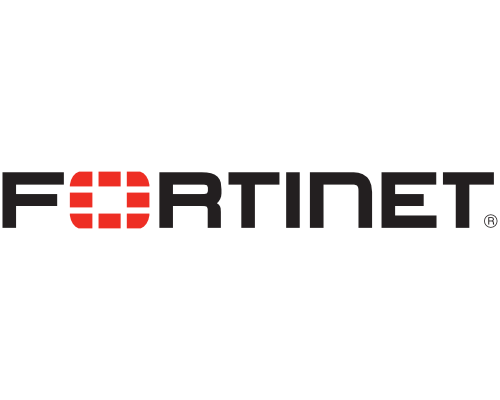Fortinet Security-Driven Networking
Fortinet’s Security-driven Networking strategy tightly integrates an organization’s network infrastructure and security architecture, enabling the network to scale and change without compromising security operations. This next-generation approach is essential for effectively defending today’s highly dynamic environments – not only by providing consistent enforcement across today’s highly flexible perimeters, but by also weaving security deep into the network itself.


